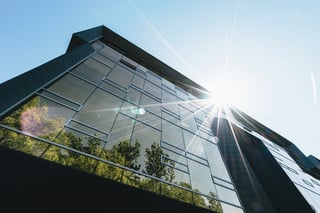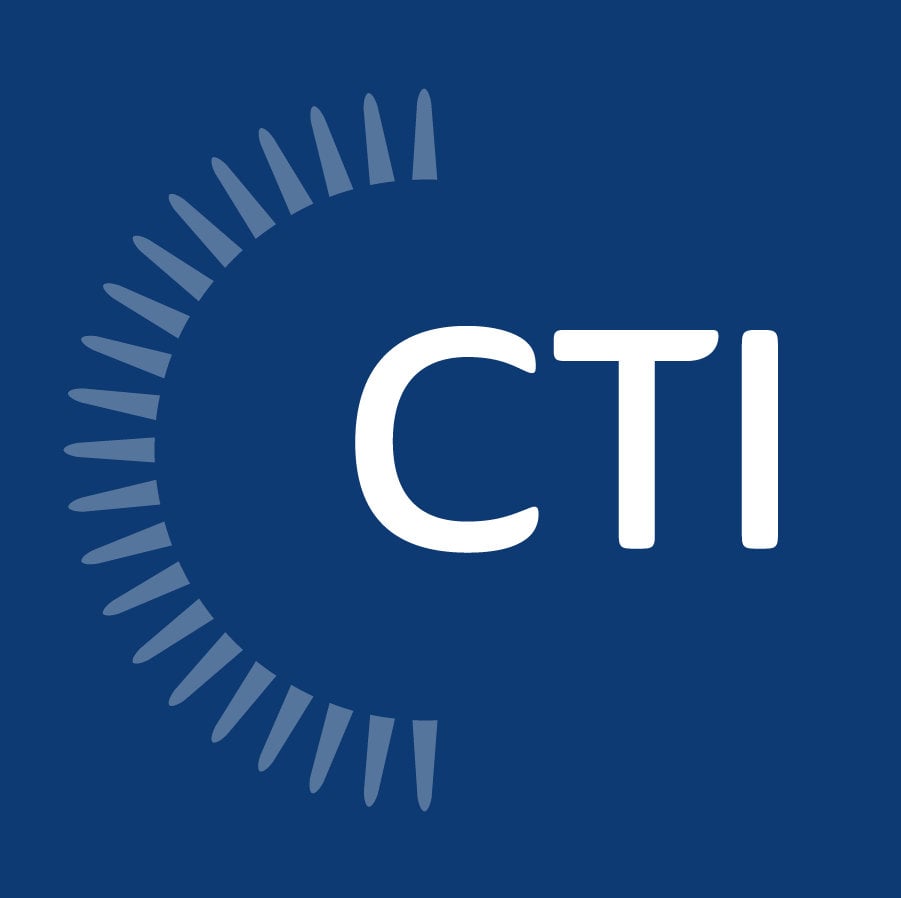 Most design firms in the A&E industry are focused on form and function of the buildings they create. Within this thought process is how to design and build structures with the most energy efficiencies as possible through the utilization of the latest technologies, materials, techniques, etc.
Most design firms in the A&E industry are focused on form and function of the buildings they create. Within this thought process is how to design and build structures with the most energy efficiencies as possible through the utilization of the latest technologies, materials, techniques, etc.
Often, these firms are thinking about how these green initiatives are better for the environment, better for their clients and the people who use the buildings, but do they ever think about how these green initiatives might benefit their own bottom line? Normally, credits and deductions are not part of the development process, but, in the normal course of business for these A&E firms, many of these green initiatives qualify the firms for very lucrative tax savings.
Let’s look at a few ways these initiatives help the bottom line.
1. Section 179D Tax Deduction - For Commercial Green Building
IRS Section 179D (also called the EPAct deduction) was created to encourage commercial building owners to construct or retrofit buildings for green building incentives. The deduction covers part, or all, of the costs to include energy-efficiency measures in one or more of the following categories:
- Interior lighting
- Heating, cooling, ventilation and hot water systems
- Building envelope (or enclosure)
The 179D deduction covers green building incentives for government, commercial and industrial buildings, garage structures and four-story or higher multifamily residential buildings (including dormitories). For commercial building owners, the section 179D deduction may be claimed for new construction or improvements placed into service between January 1, 2006, and December 31, 2016. The designers and contractors of government owned buildings are able to take the 179D deduction.
Who Qualifies For The 179D Deduction?
- Owners of newly constructed or renovated energy-efficient commercial or multi-family properties
- Government agencies may elect to assign tax benefits to architects, engineers, energy-services companies (ESCOs) and designers of new or retrofitted energy-efficient government building projects
What Does The 179D Deduction Require?
Section 179D requires the taxpayers building to meet or exceed a 50% savings in energy and power costs when compared to a theoretical ASHRAE 90.1-2001 baseline building. If the target of 50% savings is met, the building will qualify for $1.80/SF (capped at the costs of the capitalized improvements).
For buildings which do not meet the 50% savings, the tax provision also allows for partially qualifying systems.
- $0.60/SF for HVAC systems meeting 15% savings
- $0.60/SF for Lighting systems meeting 25% savings
- $0.60/SF for Building Envelope systems meeting 10% savings
*Additionally, the Interim Lighting Rule allows for lighting systems to qualify for 30¢-60¢ per square foot for a 25%-40% savings in Lighting Power Density (LPD) compared to ASHRAE 90.1-2001 LPD standards.
So, for the A&E firms that are creating these green buildings, they may not realize that they can take advantage of the tax deduction for any government-owned building or any structure owned by a non-taxpaying entity. This is why this tax initiative is often overlooked or underutilized.
2. The R&D Tax Credit
As opposed to 179D, which is a deduction, the R&D tax credit is a dollar-for-dollar reduction of taxes due. The qualification is very different than the 179D process, but, many of these green initiatives can be considered qualified research activities for purposes of calculating the R&D tax credit.
What activities Qualify?
Research and development activities are more than just activities performed by scientists conducting white lab coat research. Instead, the activities simply have to meet the following 4-part tests in order to qualify for the credit:
- Technological in Nature: The activity must fundamentally rely on the principles of science such as: physical sciences, biological sciences, computer sciences or engineering.
- Permitted Purpose: The activity is intended to develop or improve a business component’s functionality, performance, quality or reliability.
- Elimination of Uncertainty: The activity is intended to discover information to eliminate technical uncertainty regarding capability, methodology or appropriateness of the design.
- Process of Experimentation: The activities must include a process of experimentation involving evaluating alternative designs, testing hypotheses, trial and error testing/modeling or conducting experiments.
To sum up the 4-part test and to translate some of the language, you can claim the expenditures for activities that are attempting to eliminate uncertainty (capability/method for improving the design) concerning the development or improvement of a product, or in this case, a building or structure. Sound like the process in which energy efficiencies are discovered? Let’s look at some real-world examples of some of the qualified activities that have been claimed as qualified research activities by other A&E firms.
- Experimentation with Natural Ventilation
- Energy Analysis of Exterior Wall Systems and Building Envelope
- Exterior Environmental Effects
- Analysis of transient heat transfer for exterior building envelope
- Energy analysis of multiple skin wall
- Renewable energy systems performance analysis optimization
- Solar Energy Design and Daylighting analysis for temperature regulation
- Heat transfer and dew point analysis of exterior wall
- Analysis for heat transfer coefficient various materials of walls
- Performance and Cost analysis of integrated photovoltaic system
- Thermal and energy analysis of exterior wall design options
- Solar Hot Water System Design and Testing
So, what are all of these qualified activities worth? Well, normally we say 6.5 cents on the dollar. For every dollar spent on qualified research activities, there is a direct dollar-for-dollar reduction of taxes, which, depending on method of calculation ends up being approximately 6.5 percent. Here is an example in which the qualified expenditures were calculated to be $1M. The taxpayer, the A&E firm, has $1M in qualified expenditures, and can offset $65K in tax liability.
|
EXAMPLE: Regular Credit |
|
|
Current year Qualified Research Expenditures |
$1,000,000 |
|
Fixed-base percentage |
3.0% |
|
Greater of base amount or 50% current QREs |
$500,000 |
|
Multiplied by 20% equals credit |
$100,000 |
|
Net credit (280C, reduced by 35%) |
$65,000 |
While most A&E firms focus on form and function and creating new energy efficiencies, it is not common to think about the tax effect of these green initiatives. But, there are companies that do focus on A&E firms and the activities they perform, and they specialize in credits and deductions to help the bottom line of A&E firms.
So, with a deduction of up to $1.80 per square foot with the 179D green building incentive, and with 6.5% of all qualified research expenditures as an R&D tax credit and a dollar-for-dollar tax offset, A&E firms have the potential to capture significant savings on their green building initiatives.
For more information on what tax incentive programs are availabile in your area, find your state below.



